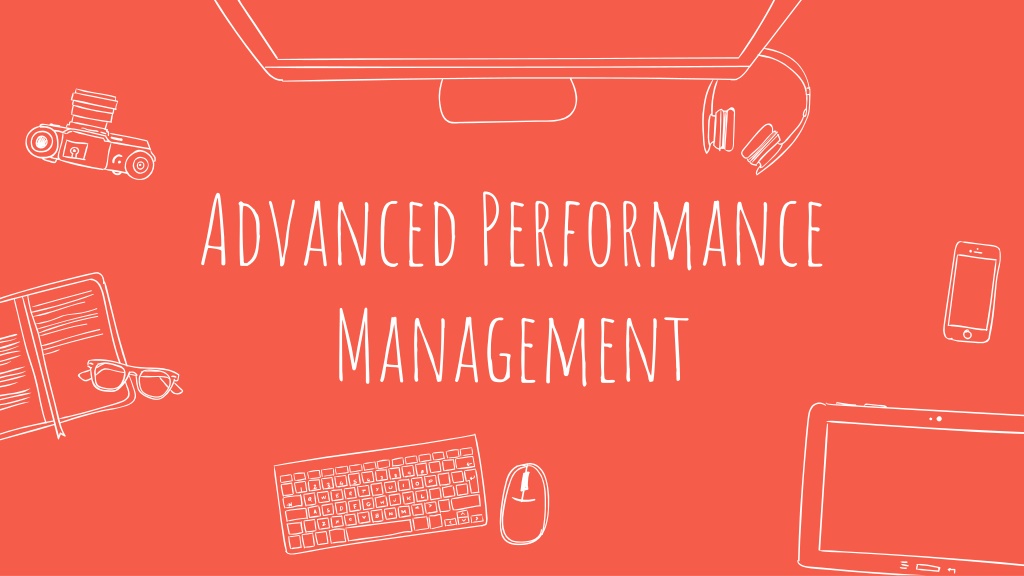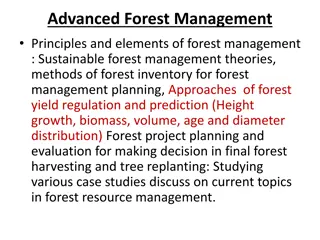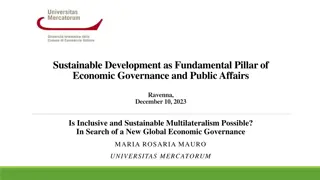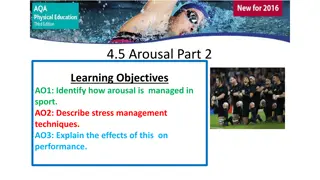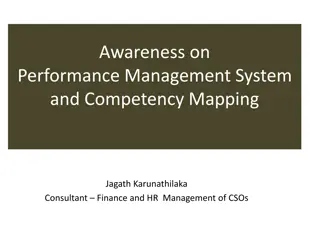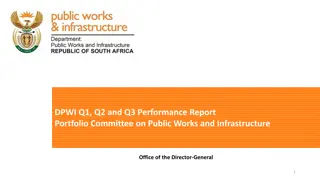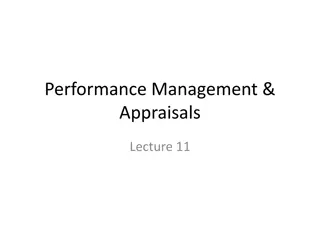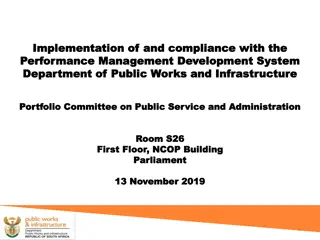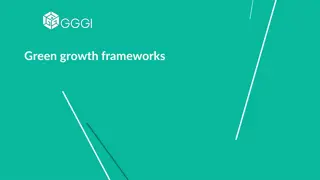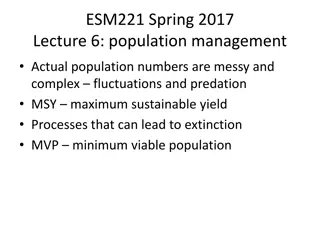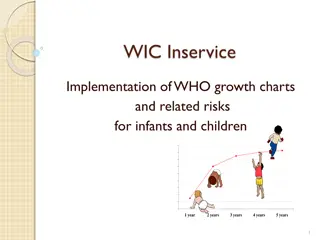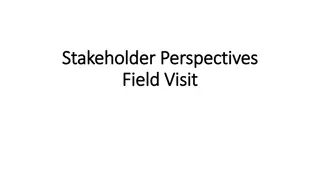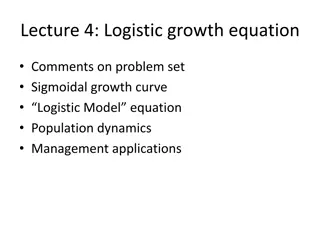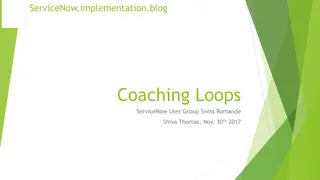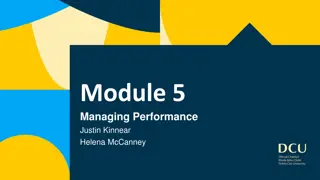Enhancing Performance Management Strategies for Sustainable Growth
Explore concepts like quality-related costs, Kaizen costing, Six Sigma, and the Balanced Scorecard framework to improve financial and non-financial performance evaluation in organizations. Understand the significance of non-financial performance indicators (NFPIs) in measuring productivity, efficiency, quality, innovation, and customer satisfaction for overall success.
Download Presentation

Please find below an Image/Link to download the presentation.
The content on the website is provided AS IS for your information and personal use only. It may not be sold, licensed, or shared on other websites without obtaining consent from the author. Download presentation by click this link. If you encounter any issues during the download, it is possible that the publisher has removed the file from their server.
E N D
Presentation Transcript
Advanced Performance Management
2 Let s review some concepts Quality related costs Prevention costs, appraisal costs, internal failure costs, external failure costs. Kaizen costing Philosophy of continuous improvement through small continuous steps. Step up from target costing Just in time Approach based on demand pull system where inventory levels are near zero Six Sigma At the sixth sigma level, there are maximum 3.4 defects per million units, a state of near perfection DMAIC Define, Measure, Analyze Improve and Control Lean production Philosophy focusing on cutting out waste and unnecessary activities.
3 Problems with financial performance measures Short termism Internal focus Manipulation of results Do not convey the whole picture Backward looking
4 Solution? Use NFPIs Productivity, Efficiency, Quality, Innovation, Customer satisfaction etc.
5 11. Non-financial performance indicators
6 NFPIs play a key role in two aspects Quality of product/service Brand awareness Loyalty Name awareness Percieved quality Patents or trademarks Quality of incoming supplies Quality of work completed Quality of end product (customer satisfaction)
7 Models for evaluating financial and non-financial performance Building block model Performance pyramid Balanced scorecard
8 Balanced scorecard Developed by Kaplan and Norton Designed to be used as a strategic performance measurement and management framework
9 Balanced scorecard Customer perspective: Financial perspective: How do we look to our shareholders? How do our customers see us? Internal business process Innovation and learning: What must we excel at? Can we continue to improve and create value?
10 CSF s and KPI s in Balanced scorecard Goals (CSFs) Measures (KPIs) Low cost High quality Responsive service Benchmark v comp cost % defects % on time deliveries Customer perspective Operational excellence Employee satisfaction Product cycle time Staff turnover Internal perspective Innovation and learning Innovation Internal learning % of income from new products % Employee suggestions implemented Growth and development Survival Profitability Sales growth Cash flow ROCE Financial perspective
11 Evaluation of balanced scorecard Advantages Mix of financial and non-financial measures Looks into long term perspective along with short term perspective Managers unlikely to distort performance Flexibility with measures Disadvantages Difficult to record and process non-financial nature Measures can conflict Lack of commitment by senior management
12 Time to Test your understanding
13 Building block model Developed by Fitzgerald and Moon Model to improve performance measurement in service organization
14 Building block model Standards (KPIs) Dimensions Rewards
15 Six dimensions Downstream results Upstream results Competitiveness Financial performance Quality of service Flexibility Resource utilization Innovation
16 Standards Rewards Ownership: Managers who participate in standard setting are more likely to own it Achievability: An achievable but challenging target is better than an unachievable one Fairness: Equally challenging for all Rewards help motivate employees to achieve the standards set. For rewards to be achieved, standards must be clear and controllable.
17 Evaluation of Building block Advantages Mix of financial and non-financial measures Differentiates between upstream and downstream results Tailored to the service industry Disadvantages Not suitable for non service companies Difficult to link blocks to strategic objectives Lack of commitment
18 Time to Test your understanding
19 Performance pyramid Developed by Lynch and Cross Based on a hierarchy of financial and non- financial measures.
20 Performance Pyramid
21 Evaluation of performance pyramid Advantages Mix of financial and non-financial measures Considers internal and external factors Unlikely to be able to distort performance Process focused Disadvantages Considerable time and resources are required Measures can be conflicting Lack of commitment Measures may not align with strategy
22 Thanks!
